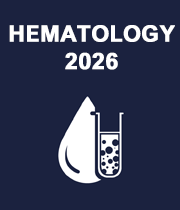Hemostasis
Hemostasis is a noun that combines the words "hemo" (which means "blood") and "stasis," which means "standing still." It's the term for how your body stops bleeding in this instance. Hemostasis is a set of processes rather than a single one. When your body develops a blood clot, all of these things happen at the same time, even if they appear to be independent processes. Hemostasis is your body's natural response to a bleed-inducing injury. This reaction stops the bleeding and allows your body to begin the healing process. This talent is critical for survival, especially in the event of serious injuries. However, the systems that maintain hemostasis can malfunction in rare situations, resulting in potentially serious — or even dangerous — bleeding or clotting issues. Hemostasis is the normal clotting of blood in reaction to an injury. Hypercoagulability, on the other hand, is when your body clots too much. This can result in a large number of blood clots forming spontaneously and blocking normal blood flow. Thrombosis occurs when blood clots grow inside your blood arteries.
- Primary hemostasis (platelet clotting)
- Secondary hemostasis (coagulation cascade)
- Fibrin clot remodelling
- Thrombophilia
- Hypocoagulability



Title : Acute intermittent porphyria: A neurological dilemma obscured by ubiquitous fgastrointestinal presentation
Mayank Anand Singh, Mimer Medical College, India
Title : Comprehensive symptom management and supportive nursing care in a preterm toddler undergoing HSCT for pyruvate kinase deficiency
Tran Thi Dung, Vinmec International Hospital, Vietnam